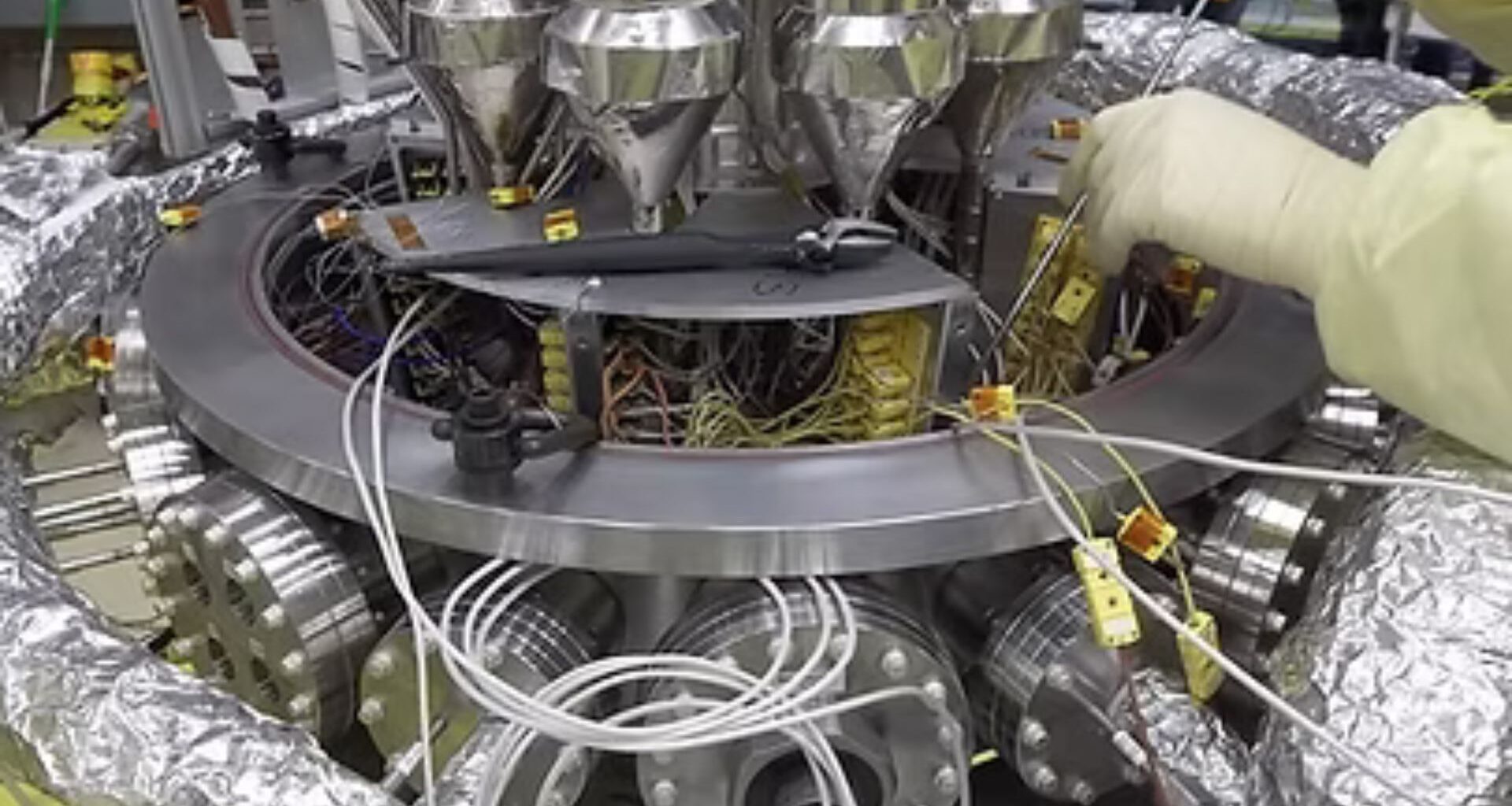Texas-based Space Ocean Corporation has entered into an agreement with Space Nuclear Power Corporation to test the latter’s microreactor in its satellite.
The Letter of Intent (LOI) signed between the two companies signals a strategic collaboration around reactor technology, fluid logistics, and infrastructure development in space.
The LOI primarily outlines a plan to explore integrating Space Nukes’ 10-kilowatt nuclear reactor aboard its ALV-N satellite. Further, if the microreactor meets the performance criteria and expectations, Space Nukes will become a core supplier of nuclear power units for future Space Ocean missions focused on lunar and planetary operations.
Paul S. Mamakos, CEO of Space Ocean Corp, hailed the LOI and said that power is of utmost importance, especially in the deeper parts of space.
Nuclear reactor to be tested aboard satellite
The collaboration will give Space Ocean an opportunity to pair its fluid logistics and delivery infrastructure with nuclear reactor technology that can scale and sustain orbital and planetary missions.
Space Nukes says that its first-generation nuclear reactors do not require technology development or new infrastructure. The company says they are identical to KRUSTY (Kilopower Reactor Using Stirling Technology), which was made by the Los Alamos National Laboratory (LANL) for NASA.
The project was officially started in 2015 to develop a fission reactor that could be scaled from one to 10 kWe and applicable for both science and human exploration. In the ground tests, the reactor operated at steady state with a thermal power output of over four kWt at a temperature of 1,472 degrees Fahrenheit (800°C).
Space Nukes says that because the operation and performance are identical to KRUSTY’s, their first-generation reactors do not need any additional testing.
The 1 to 20 kWe Gen1 HEU space reactors are small enough and light enough to fit a range of deep space missions, the company says. They are designed to operate for decades without any control commands.
The company states that the 10-kWe variant of the reactor would weigh approximately 2,866 pounds (1,300 kg) with the highly enriched Uranium (HEU) core.
Space Ocean’s planned missions
Space Ocean aims to launch its first demonstration mission in 2027. In the long run, it aims to enable more efficient, long-term space missions, supporting the infrastructure that powers a new era of space exploration.
The company has high goals as it wants to support various propellants for satellites up to 11,023 pounds (5,000 kilograms). Space Ocean aims to be the leader in supplying fluids in orbit and synchronize with the satellite’s orbit to minimize disruptions in operations.
Moreover, it also aims for a secure robotic supply by reducing launch frequency through prolonged satellite life.
“Space Ocean’s vision aligns with our belief that small, scalable, and extremely reliable nuclear power is essential for long-duration missions,” said Andrew Phelps, CEO of Space Nuclear Power Corporation.
“Together, we’re laying the groundwork for a future where spacecraft can generate, manage and distribute energy far beyond Earth orbit.”
The non-binding LOI also includes mutual objectives, including exploration of integrating fluid delivery systems with nuclear reactor modules, collecting operational data to support Technology Readiness Level 9 (TR-9) certification, and forming a joint working group to pursue additional space infrastructure and commercial opportunities.

